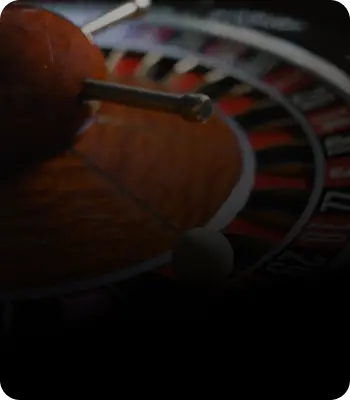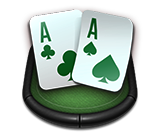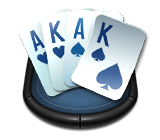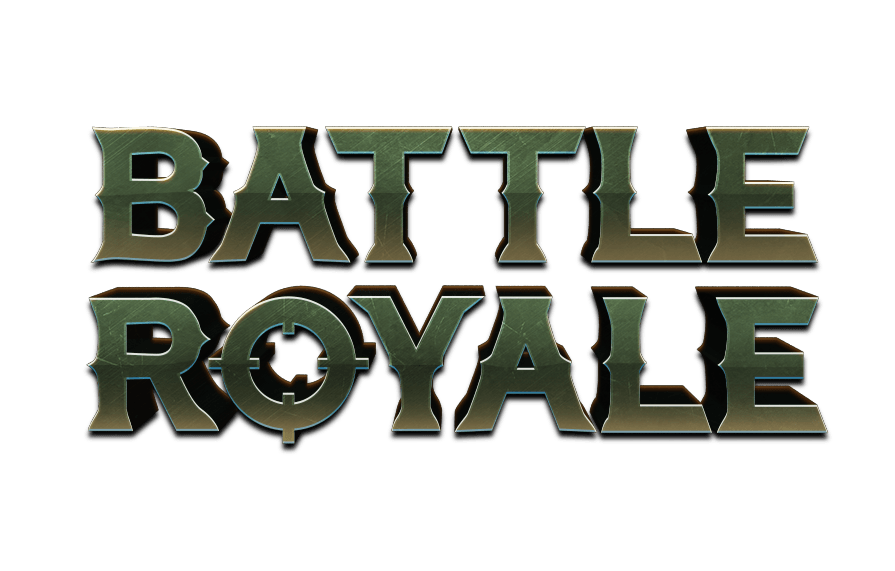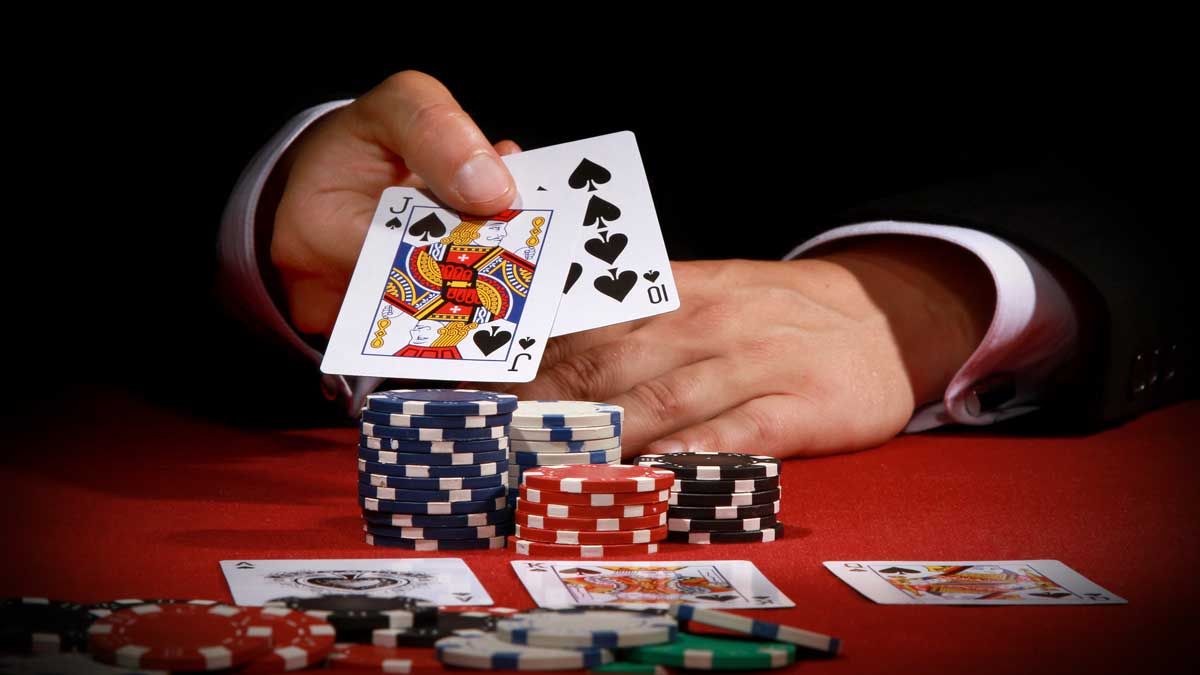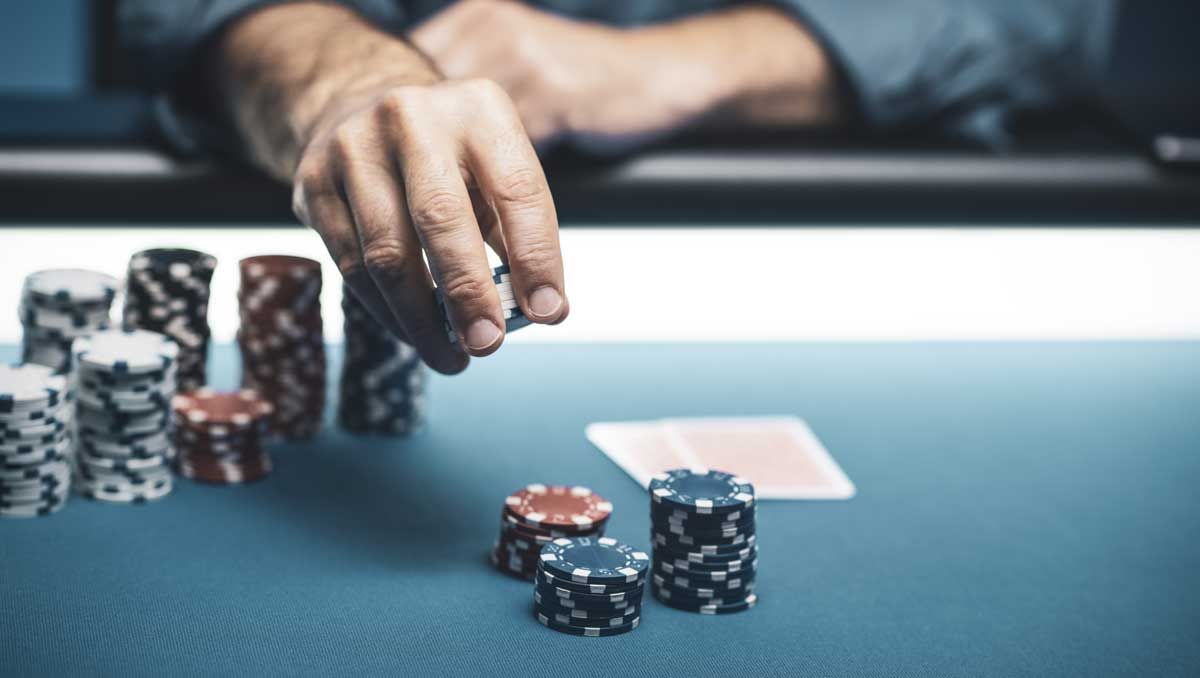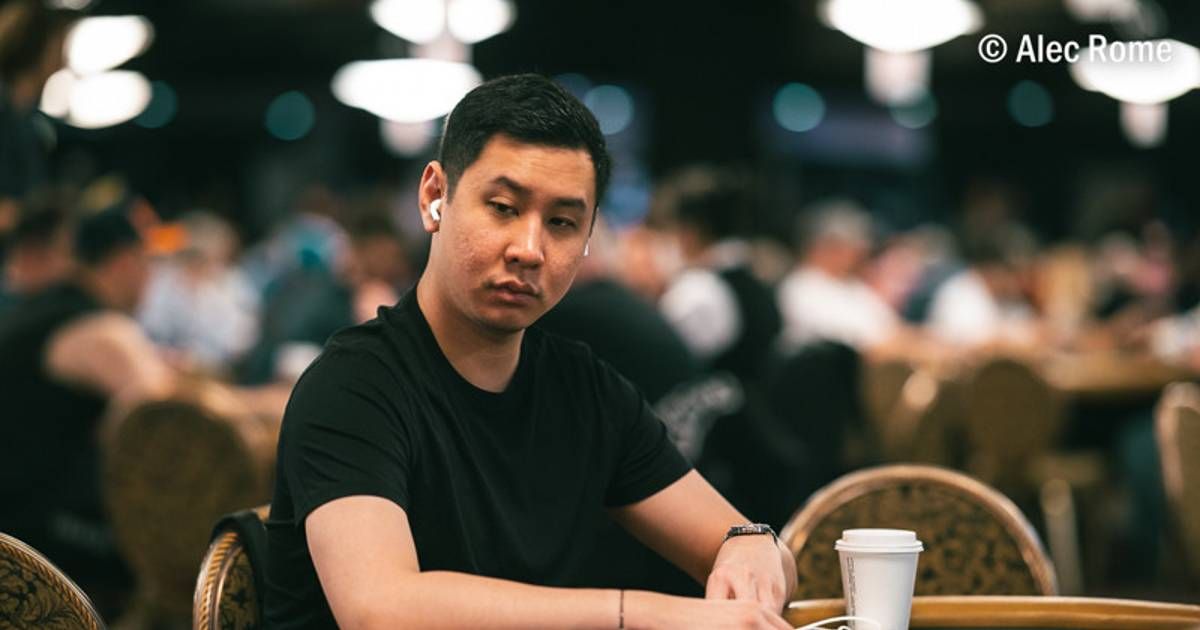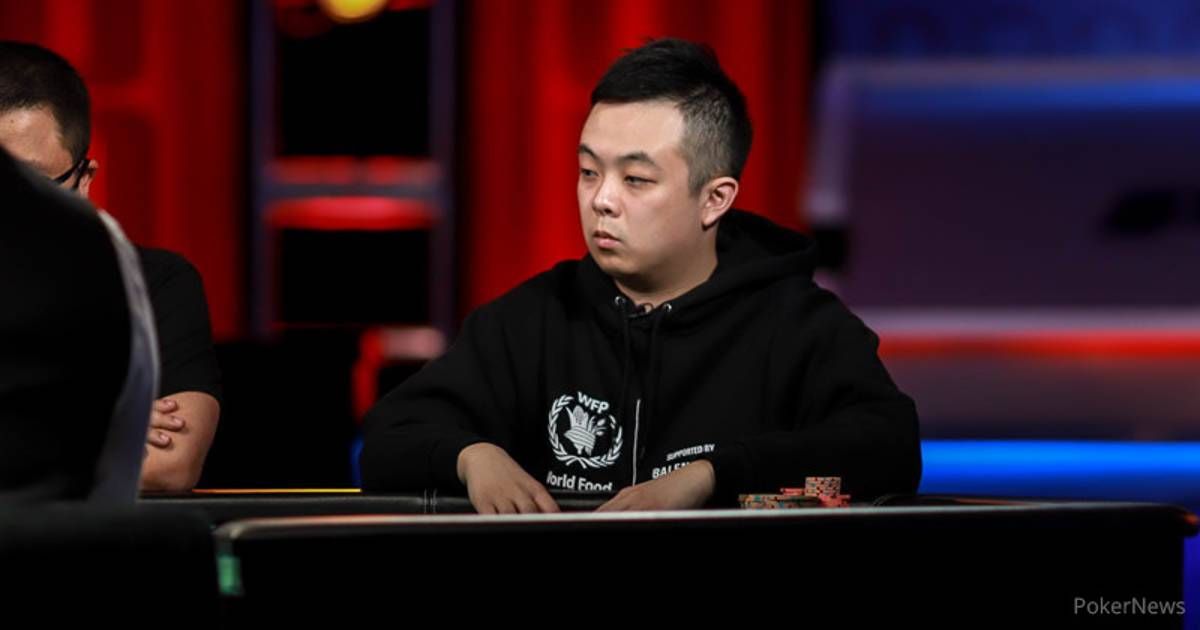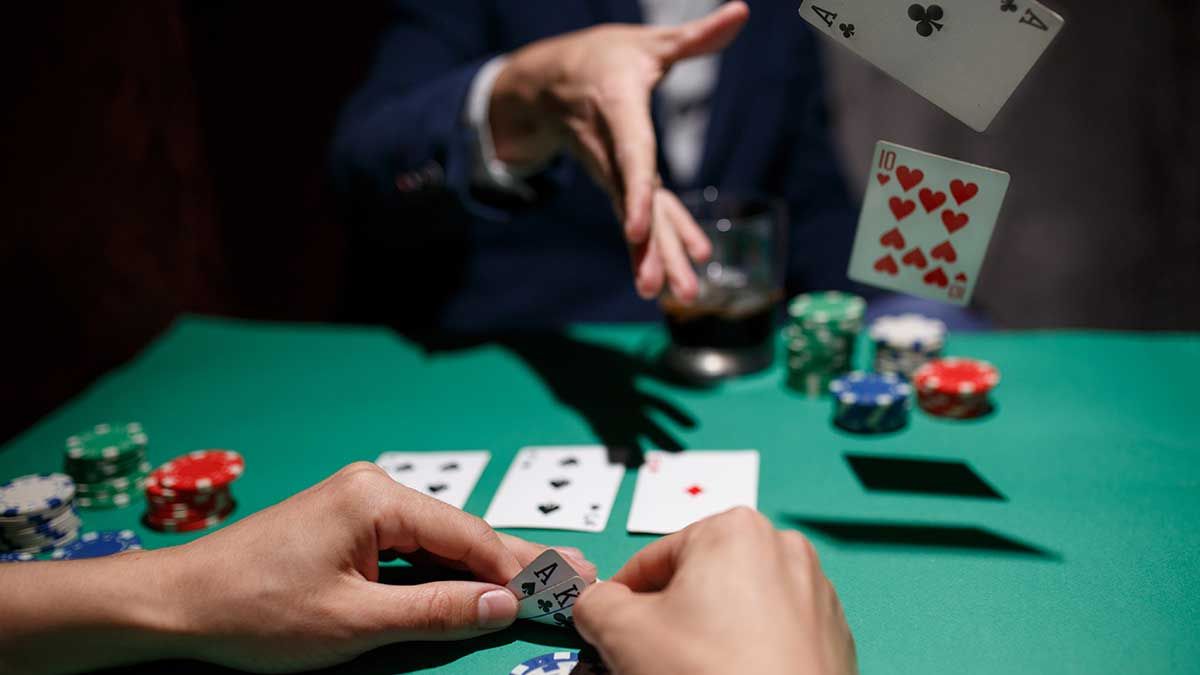
Many people believe that if you don't have a good hand at a showdown, the game is over! However, things can be slightly different if you consider the idea of fold equity.
So in this latest poker strategy article, we’re discussing the concept of fold equity. If you’ve spent any time at the poker table of late, you’re sure to have encountered the term. But what exactly does it mean, and why should you care about it? Let’s find out.
Fold equity is an important concept that can help you to understand when your bluffs might be profitable.
What Does Fold Equity Mean?
The profitability of any bet is determined by combining your calculated fold equity with your pot equity (the percentage likelihood of winning the pot with your hand at that moment.)
In the simplest of terms, fold equity refers to how often your opponent is going to fold. Have you ever thought, “I could bluff here and make this guy fold”? If so, you’ve considered the idea of fold equity.
Taking it a step further, you can approximate this value as a percentage to calculate how profitable a bluff might be in the long run. For instance, let’s say that you figure that an opponent will fold 40% of the time, and there’s $50 in the pot. Assuming your percentage is correct, you have $20 worth of fold equity in this particular hand.
Why Is Fold Equity Useful?
Assigning a value to this abstract concept helps us to determine whether your bluff or semi-bluff will make a profitable play. If you don’t make a hand, fold equity will help you come up with the correct decision on how to proceed.
For instance, if you have no chance of winning a pot, the only way to win is to bluff. But should you risk it or simply fold? If your fold equity is greater than the risk-to-reward ratio of a bet, you should definitely attempt the bluff and make your opponent fold.
Can You Use A Fold Equity Calculator?
With so many fold equity calculators available, you might wonder: "Why should I learn how to calculate the equity in poker on my own?"
Of course, when playing online, a single tap on your mobile phone's screen can do all the 'dirty' work in a split second for you.
But what those calculators can't do is explain how to calculate poker equity and how, combining all the information available, to determine your chances of winning the hand.
So if you are craving to become a Rising Star either in cash games or tournament poker, go the extra mile and check out the example of calculating how much fold equity you have without third-party help.
Fold Equity Example Calculations
The first thing you need to do is find out the risk-to-reward ratio. Think about the size of the bet in relation to the pot using the following formula: Let’s consider a simple example where there’s $100 in the pot and you’re betting $40.
RTR Ratio = [40 / (40 + 100)] * 100
= [40 / (140)] * 100
= 28.57
The risk-to-reward ratio here is 28.57%.
In order for a bluff to be profitable when you have no chance of winning the pot, you must have at least 28.57% fold equity. Of course, if you have any way to win the pot, such as by hitting a flush draw or a straight draw, you need less fold equity. If your opponent calls and you’re behind, you could obviously still make a hand.
Situations Where You Probably Have Fold Equity
Although the concept is pretty simple, it’s not that easy to know when to apply fold equity. Let’s have a look at a few situations where you probably have a good amount of fold equity.
On The Bubble
Since many players in tournaments are happy to make it to In-The-Money, they will tighten up. It is easier to force a player to fold their hand in this spot than under regular circumstances. This is even true against better players. Since they know they can’t call an all-in with any old junk, it’s more profitable to get bluffs through in the long term.
On a similar note, if the bubble has already burst but there are big jumps between prizes, the effect is largely the same. Tighter players are looking to ladder up and are likely to fold to your bet.
Against Tight Players
By definition, a tight player folds more often than average and has a smaller range of hands, so it stands to reason that you can make them fold more frequently. As such, you will have more fold equity against such players. Better still, these players tend to signal when they have a good hand, such as by raising and re-raising. Therefore, you’ll know when you don’t have that equity.
Similarly, if you are the one playing tight, you’ll gain temporary fold equity. Perhaps you have had a long spell of bad cards. Or maybe it’s a deliberate decision to tighten up. Whatever the reason, when you do wake up to play a hand, observant players will respect you.
On Paired Or Completely Dry Boards
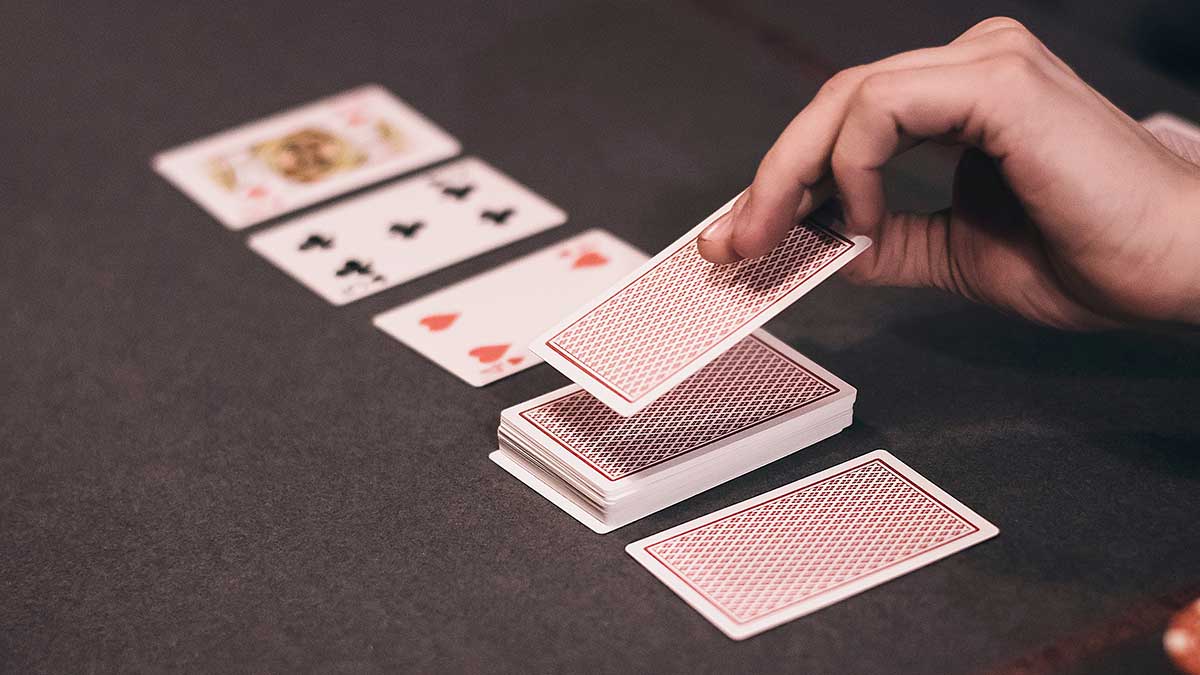 Whenever you see a rainbow flop with uninspiring cards, such as a Q-7-2, you likely have a reasonable amount of fold equity. Whose range could that flop possibly have connected with?
Whenever you see a rainbow flop with uninspiring cards, such as a Q-7-2, you likely have a reasonable amount of fold equity. Whose range could that flop possibly have connected with?
Similarly, if the board is paired, such as 8-8-3, who loves that flop? A continuation bet is likely to bring around plenty of folds.
Taking On Short Stacks
A good player knows what it means when someone bets into a short stack. If you make such a play against someone who is thinking “all in or fold”, there’s a good chance you’ll need to turn your cards over. You are telling the story that you’re willing to be called and expose your hand. So the bigger stacks at the table are likely to respect this decision and leave you to it.
Where You Likely Don’t Have Fold Equity
Of course, you can’t have fold equity all of the time. Take care in these situations.
Against Short Stacks
We’ve just explained how we gain fold equity from the bigger stacks when going up against short stacks. But don’t forget that the guy who’s low on chips is going to have to take a stand eventually. If you do make that play, you’re going to be called a good amount of times. So make sure you at least have some live cards to work with.
When You Are The Short Stack
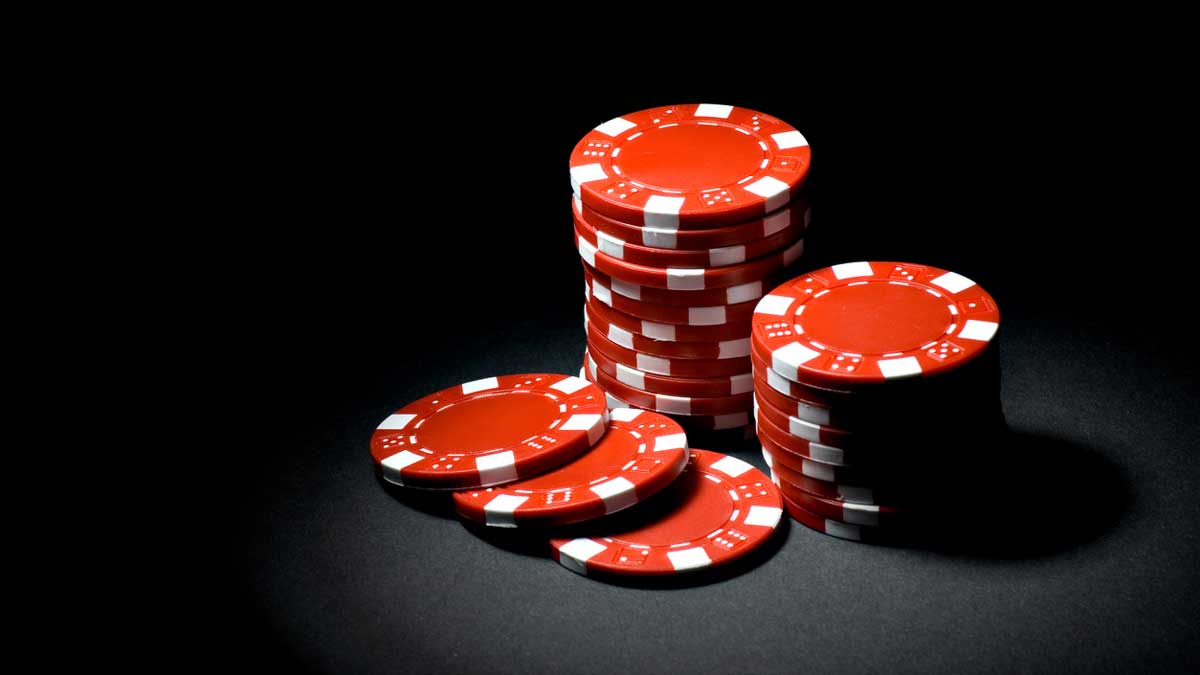 If you’re the one who’s short, you’re not going to have much fold equity against a good player. They know that you’re going to be making a move with a wider range and will adjust accordingly. Chances are that your opponents will be looking to pick you off, not let you get a bluff through.
If you’re the one who’s short, you’re not going to have much fold equity against a good player. They know that you’re going to be making a move with a wider range and will adjust accordingly. Chances are that your opponents will be looking to pick you off, not let you get a bluff through.
Against A Maniac
Whenever you’re up against an extremely loose player, don’t expect anything other than action. Whether they are drunk, playing for fun, or just not very good, someone who plays every hand is giving you little to no fold equity.
When Your Own Image Is Loose
If you’re bluffing, or even semi bluffing, by betting and raising too often, you’ll eventually receive pushback. If people think you’re liable to go crazy with any two cards, you’re not going to get your bluffs through, so your fold equity is low.
Final Thoughts
To sum up, fold equity is a concept you should always carry around in your head when playing poker and apply at that very moment when you think it can boost your total equity in a poker hand.
Next time you are going to play, keep in mind the following:
you don't have to show your cards at the showdown
you can win even if your opponent is dealing with higher-ranking cards
All you need to do is find an appropriate moment to use the fold equity concept in your favor and increase your total equity without showing your cards too often.
To be able to calculate fold equity in seconds, you will have to practice, practice, and practice. So, why not sign up for a free account with Natural8 and practice using the freerolls?













